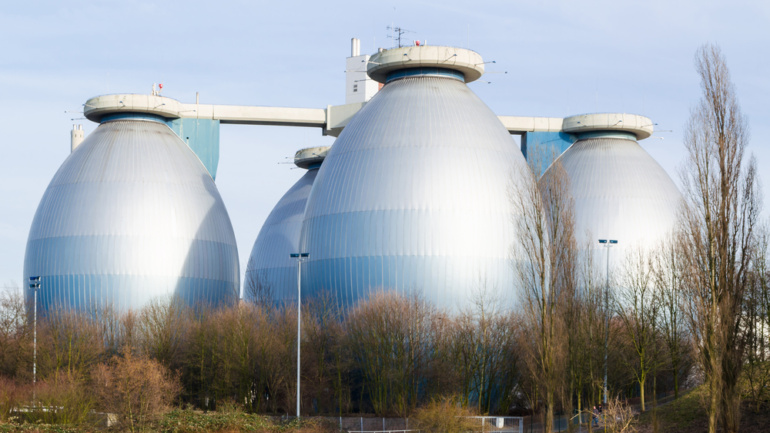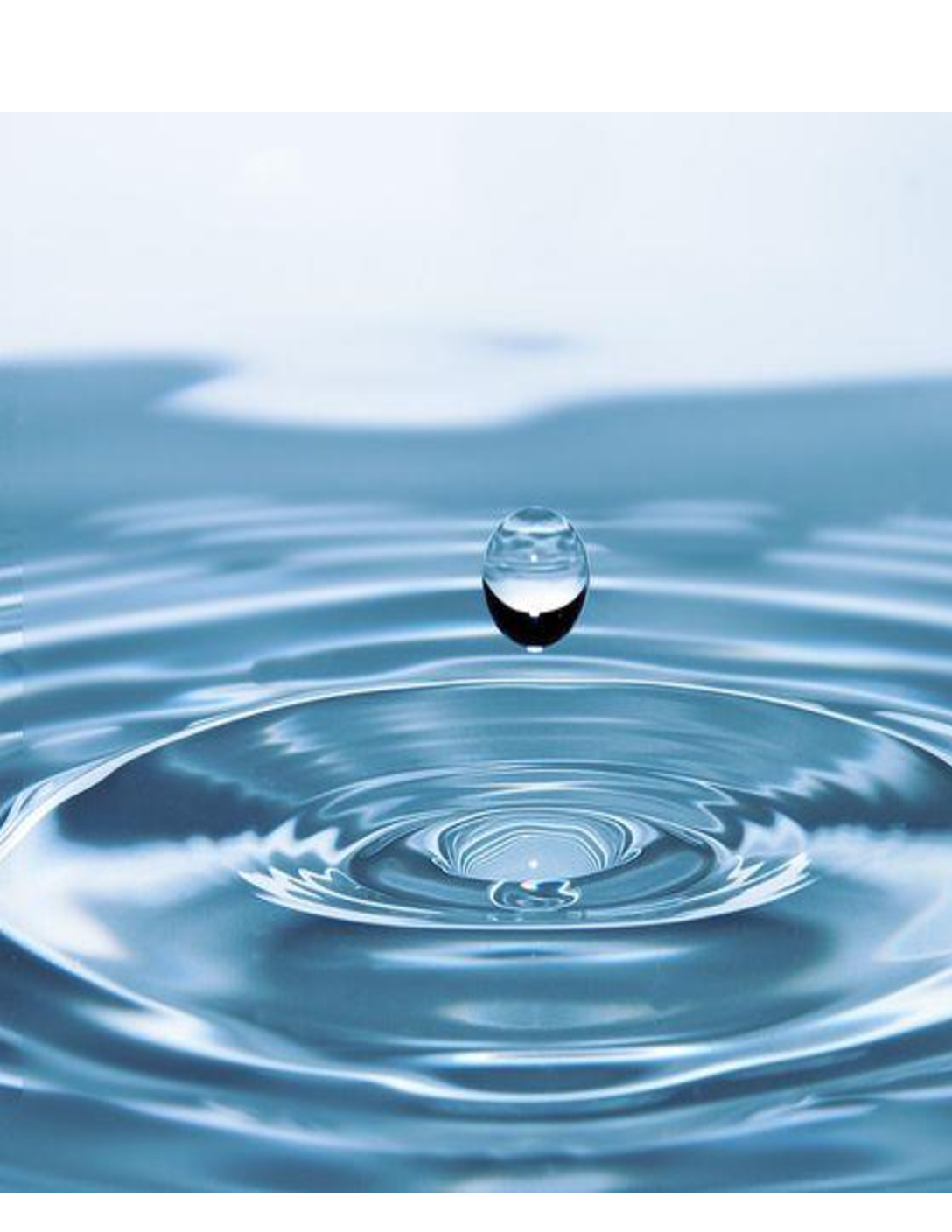By Harry Petaway, Staff Writer and Researcher for Save the Water™ | March 16th, 2020
Aquaponics is an Interesting Way to Conserve Water and to Produce Quality Food
What is “aquaponics”? An aquaponics system weds aquaculture (fish farming) and hydroponics (raising plants without soil). And what could this do? As anxiety around the COVID-19 crisis grows, I find myself pondering the importance of having access to clean, fresh food and water. This article will explore how raising fish and plants together (aquaponics) is one way to conserve, clean, and protect our freshwater sources.
Aquaponics uses a hydroponic-style system in which the plants are grown with minimal or no soil. However, aquaponics uses the waste from fish farming as the nutrient source in the system. As a result, the system still has two advantages:
- It uses less water than traditional agriculture.
- Plants consume and filter waste like an aquaculture system would.
The plants serve as a natural filtration system to clean the water. At the same time, the plants receive a natural nutrient source free of commercial fertilizers.
As for trying aquaponics at home, I have a fun do-it-yourself (DIY) project that provides food for my family and optimizes minimal resources. This project started because of various causes. First, I wanted to use fish (Tilapia) to clean our family’s small farm pond without using harsh chemicals. In short, Tilapia eat pond weeds and algae. As a result, they reduce the need for chemical-based weed and algae control in ponds. Second, the 1973 Organic Gardening and Farming article, “How to Raise Catfish in a Barrel,” interested me. In that article, Phillip Mahan raised catfish in 55-gallon steel drums. My project builds on Mahan’s original design but adds plants to clean the waste from the fish. The project meets two goals. First, it helps clean, protect, and conserve valuable water sources. Second, it addresses food quality and availability concerns at the same time! The project is a form of aquaponics.
More People, More Pollution, More Need for Food
The world’s population continues to grow. As a consequence, many challenges that impact both the health of people and the environment grow, too. Many water advocates focus on calling attention to the types of man-made chemicals that pollute our freshwater sources without mentioning agricultural pollution.
For example, per and polyfluoroalkyl substances (PFAS) are chemicals of growing concern. PFAS exist in firefighting foams, waterproofing products, and many other home items. A growing body of research links PFAS to numerous health problems. On top of this, research has found PFAS in even our most remote water sources.
However, industrial pollution doesn’t account for all water pollution. Traditional agricultural practices use large amounts of freshwater. Moreover, they use fertilizers and chemicals that ultimately find their way into our water systems.
In short, we must find long-term ways to protect our water resources while also feeding our growing population in a way that is safe, especially in areas of food scarcity. Even more so, we need these solutions where the soil and/or water is polluted, which pollutes food grown with it.
Hydroponics as an Alternative Approach to Agriculture
Hydroponics is the practice of growing plants without soil. As such, hydroponics is one approach to growing food in areas with soil or water pollution. Also, hydroponics is a new approach to combat food scarcity in “food deserts.” Food deserts describe areas that lack quality, nutritional food.
In brief, hydroponics uses a water-based fertilizer and mineral solution to grow plants without dirt. These systems range in complexity. On one end are simple, deep-water culture systems in which plants are suspended above a container filled with water based nutrients. On the other end, more sophisticated recirculating systems move nutrient-rich water through a system that allows plants to absorb what they need as the water passes by their roots. To be sure plants receive enough nutrients, hydroponic systems require periodic water exchanges. During these exchanges, old water solutions are replaced with new ones.
One drawback to hydroponics is the requirement to use fertilizer. Even in a closed system, using fertilizer could create concerns for the potential effects on plant and human health as well as disposal after the water is released during the water exchange. However, this last concern varies depending on the type (natural vs. chemical) and quantity of the fertilizer used.
Fish Farming: Aquaculture a Growing Strategy to Produce Fresh Fish
Our need for food increases with our growing population. At the same time, the consumption and depletion of wild fish species also grows. For example, fish farming emerged to address market needs as well as provide locally sourced and high quality food for some communities. People conduct fish farming, also known as aquaculture, in different ways. These include two main ways:
- specially made tanks (think massive fish tanks)
- various cages that are suspended in lakes, oceans, rivers, and other waterways
A study in Egypt also proved that water from wastewater treatment facilities could produce healthy Tilapia. Unfortunately, other high-intensity fish farms may negatively impact local water sources because of fish waste, excess fish food, and diseases that result from the fish being raised in close confinement. Furthermore, some aquaculture systems use chemicals to clean their systems. In turn, these chemicals may enter nearby waterways. Moreover, research conducted in Andhrapradesh, India showed that aquaculture discharge into natural canals polluted well water for nearby residents.
Aquaponics: a Combination of Fish Farming and Hydroponics
Now that we’ve gone over hydroponics and fish-farming (aquaculture) separately, let’s talk about aquaponics. Aquaponics offers many advantages. For example, aquaponics uses less water exchanges than typical hydroponic systems, which reduce fertilizers and chemicals released into waterways.
Reduces fish waste released as pollution into waterways as the waste is used as plant food.
Systems combine the strengths of hydroponic and aquaculture systems while also addressing their shortcomings in terms of reducing waste and conserving water.
Offers a water use rate of less than 10 percent of available freshwater resources compared to 70 percent for global agriculture.
Aquaponics systems can be built in a variety of places such as greenhouses, homes, roof tops, and rural and urban settings. For example, I use both Blue and Mozambique Tilapia, a common farmed fish, in my DIY project to clean the pond at my home. The closed loop nature of these systems reduces water use as well as the need to release dirty water back into freshwater sources. Also, the system creates a healthy environment for the fish through the natural plant-based filtration process. The less quality, agricultural land and freshwater we have to meet the needs of our growing population, the more we need new crops and agricultural systems.
What You Can Do
You can try aquaponics at home. Your options range from five-gallon fish tanks to expansive systems that incorporate hundreds of gallons of recirculated water. This system presents a fun and interesting way to reduce our water use, reduce water pollution, mediate our environmental footprint, and produce fresh fish and produce for our families.
References
- Mahan, Philip and Mahan, Joyce. October 1973. “How to Raise Catfish in a Barrel.”Organic Gardening and Farming. Retrieved from https://mdcreekmore.com/raising-catfish-in-a-barrel/
- Goddek, Simon, Delaid, Boris, Mankasingh, Utra, Ragnasdottir, Kristin, Jijakli, Haissam, and Thorarinsdottir, Ragnheidur. 2015. “Challenges of sustainable and commercial aquaponics.” Sustainability 7(4): 4199-4224.
- Bruton, Thomas and Blum, Arlene. 2017. “Proposal for coordinated health research in PFAS-contaminated communities in the United States.” Environmental Health 16(1): 120.
- Scher, Deanna, Kelly, James, Huset, Carin, Barry, Kitrina, Hoffbeck, Richard, Yingling, Virginia and Messing, Rita. 2018. “Occurrence of perfluoroalkyl substances (PFAS) in garden produce at homes with a history of PFAS-contaminated drinking water.” Chemosphere 196: 548-555.
- Manos, Dimitrios-Panagiotis and Sydis, George. 2019. “Hydroponics: are we moving towards that direction only because of the environment? A discussion on forecasting and a systems review.” Environmental Science and Pollution Research 26(13): 12662-12672.
- Bellian, Regina. 2019. “Food Deserts in Urban Areas.” The Downtown Review 6(1): 1.
- Nguyen, T. and D. Do 2020. “The impact of environmental pollution on aquaculture development: The case of Vietnam.” Management Science Letters 10(8): 1873-1880.
- Zhang, Y., et al. 2019. “Long-term changes of water quality in aquaculture-dominated lakes as revealed by sediment geochemical records in Lake Taibai (Eastern China).” Chemosphere 235: 297-307.
- El-Gohary, F., et al. 1995. “Wastewater treatment and reuse for aquaculture.” Water Science and Technology 32(11): 127-136.
- Putheti, Ramesh, Advanapu, Madhusoodan, Leburu, Radha. 2008. “Ground water pollution due to aquaculture in east coast region of Nellore district, Andhrapradesh, India.” African Journal of Environmental Science and Technology 2(3): 046-050.
- Castilho-Barros, L., et al. 2020. “Economic feasibility of tilapia culture in southern Brazil: A small-scale farm model.” Aquaculture 515: 734551.
- Tyson, R. V., et al. 2011. “Opportunities and challenges to sustainability in aquaponic systems.” HortTechnology 21(1): 6-13.




